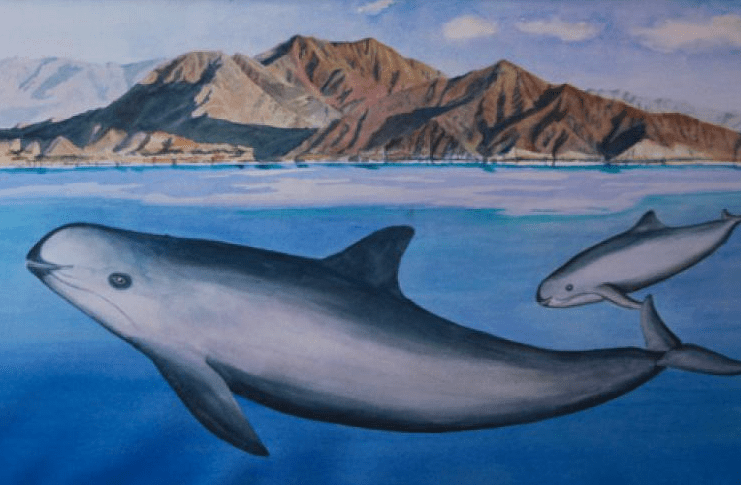The United States announced this Thursday that it began consultations with Mexico regarding the probability of establishing a dispute resolution panel for the case of the vaquita marina and the totoabas within the framework of the USMCA.
From roughly the mid-1930s to the mid-1970s, the most important fishery in terms of vaquita bycatch was the gillnet fishery for totoaba, Totoaba macdonaldi, a large fish of up to 2 meters in length, which can exceed 100 kilos in weight and is endemic to the Gulf of California.
Despite the closure, many vaquitas continued to die in illegal totoaba nets.
Thus, the USTR announced on Thursday that regarding the request for consultations, which would lead, if no agreement was reached, to the first dispute resolution panel under the Environmental Chapter of the USMCA.
Article 24.29.2 of the USMCA (Environmental Consultations) establishes that a Party may request consultations with another Party regarding any matter arising under the Environmental Chapter (Chapter 24).
Although Mexico has adopted environmental laws designed to prevent illegal fishing in the Upper Gulf of California, to prevent trafficking in protected species such as totoaba, and to protect and conserve the vaquita, the available evidence raises concerns that Mexico may not be in compliance with a series of its USMCA environmental commitments.
Totoabas
Beginning in 2011, the acoustic monitoring program revealed an accelerating decline in the vaquita population.
With fewer than 100 individuals, the Government of Mexico responded with a two-year emergency gillnet ban with compensation to fishermen and related industries and increased enforcement efforts with the Secretary of the Navy in charge.
As part of a new program launched in 2015, a new census was conducted to obtain the most accurate abundance estimate; however, the results only confirmed the continuing dramatic decline: the 2015 abundance was estimated at 59 and the population estimate was 30 in 2021.
The vaquita is a critically endangered species of porpoise endemic to the Upper Gulf of California in Mexico.
The most recent data indicates that there are at least 6 but probably fewer than 19 vaquitas left.
Even with such a small population, scientists maintain that the species remains biologically viable, given the space to recover.
![]()

